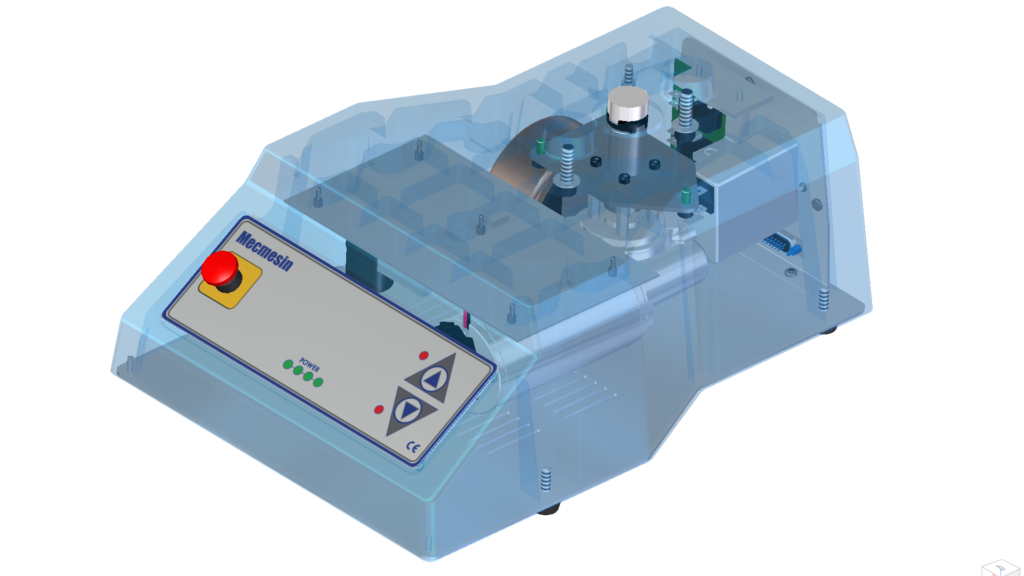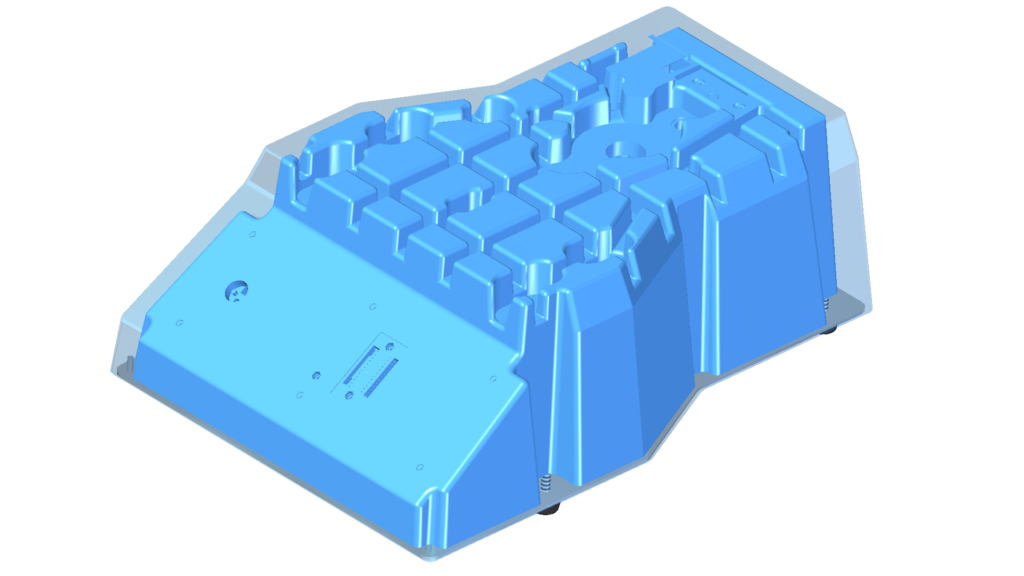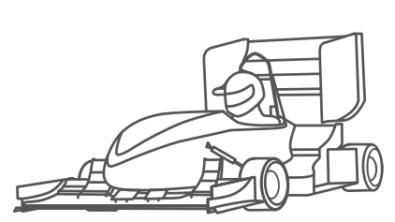CFD for Design Engineers: The joy of straightforward engineering
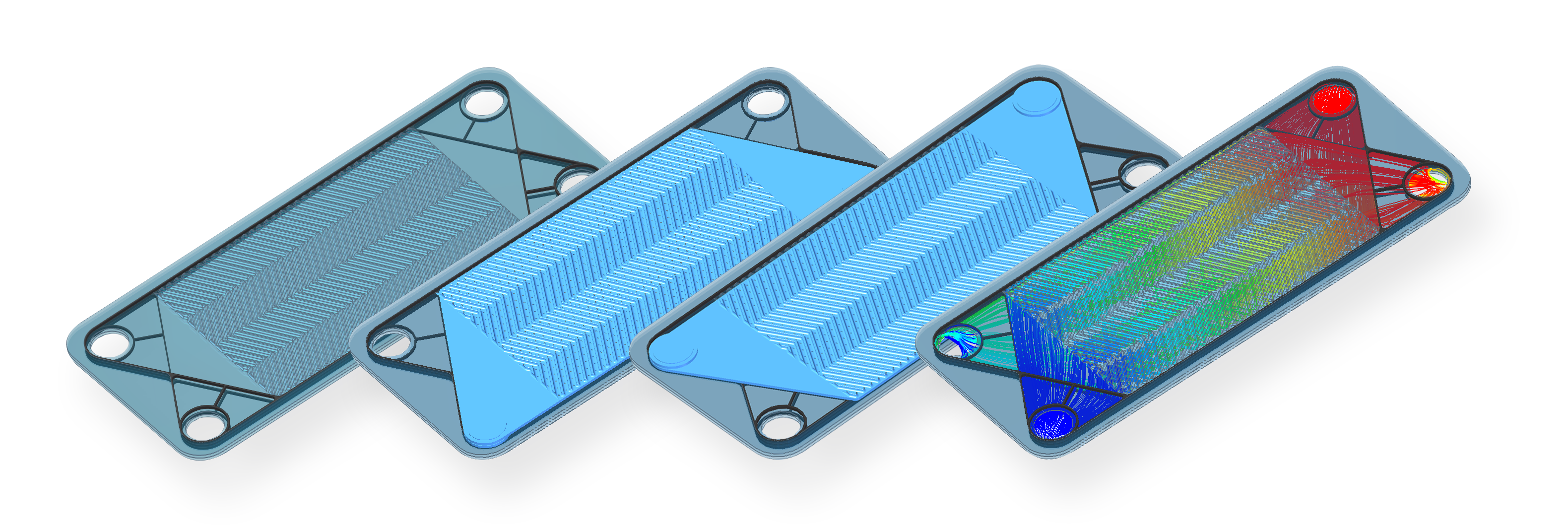
As a student, I conducted a lot of lab studies to investigate the heat exchanger efficiency. This was a pragmatic and classical approach which relied on measurement devices. Unfortunately, this approach offered very little visual insight. Therefore, I entered the world of simulation, without any experience in meshing or numerical knowledge. I assumed that I would only need a CAD model and software that enables CFD for design engineers. Or that you could run a simulation at the touch of a button. The naivety of a young junior engineer…
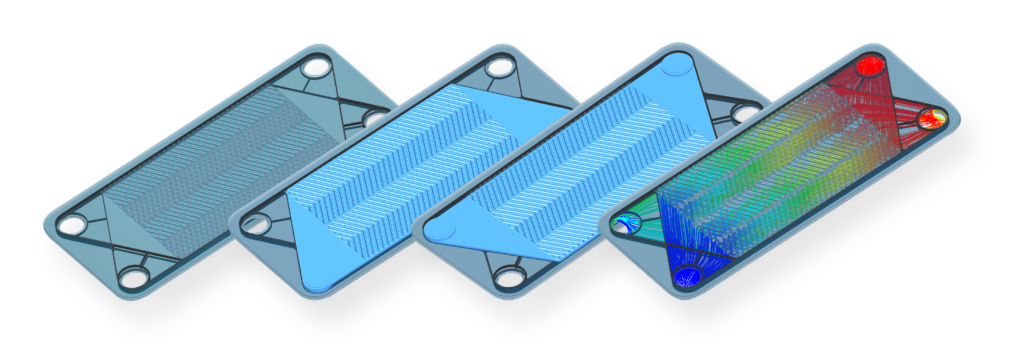
Collection of experience
I suddenly had to think about things that were unknown to me at that time. For example, I had to think about usability of the CAD model. Or whether I had sufficient hardware power. Was I using the correct meshing strategy? After all, up until that point, I had only worked with finite element meshing technology. In addition the required inputs often went beyond the information a developing engineer normally dealt with during his daily work.
Even today it seems that technically unnecessary steps are necessary for the engineer to set up a simulation and run it successfully. And by successful, I mean: I get results quickly; I learn something; I improve the design; and I explore different options. At the end of it all, I gain a competitive advantage. That is what I expect from CFD for design engineers.
CFD for Design Engineers: Detecting the flow domain
A nice example of this is the detection of the fluid domain. For me it was already self-evident that the tool should automatically calculate the fluid space, as every product is already available as a three-dimensional CAD model and can be used for simulations of all kinds. There is no reason for engineers to work with any kind of negative geometry. As a result, Simcenter FLOEFD has powerful features to check the geometry, resolve invalid contacts and create lids automatically if necessary.
From the very beginning, we thought about how we could make life easier for the busy design engineer. This is why in Simcenter FLOEFD, the direct, real, complex model geometry is used for our CFD for design engineers.
Questioning everything yourself again and again
Even after 20 years since we first launched our simulation for design engineers technology, we still question ourselves. Can things be simplified? Can we save simulation steps? How can our software help design engineers achieve ever greater benefits and efficiency? Of course, this principle also applies to internal processes and workflows. Watch this video to learn how Dr. Schneider reduced his simulation time by 40%.
This is the first part of a new series. Look out for Part 2 which will be about the joys of meshing.
For additional information about our CFD simulation for design engineers technology go to:
